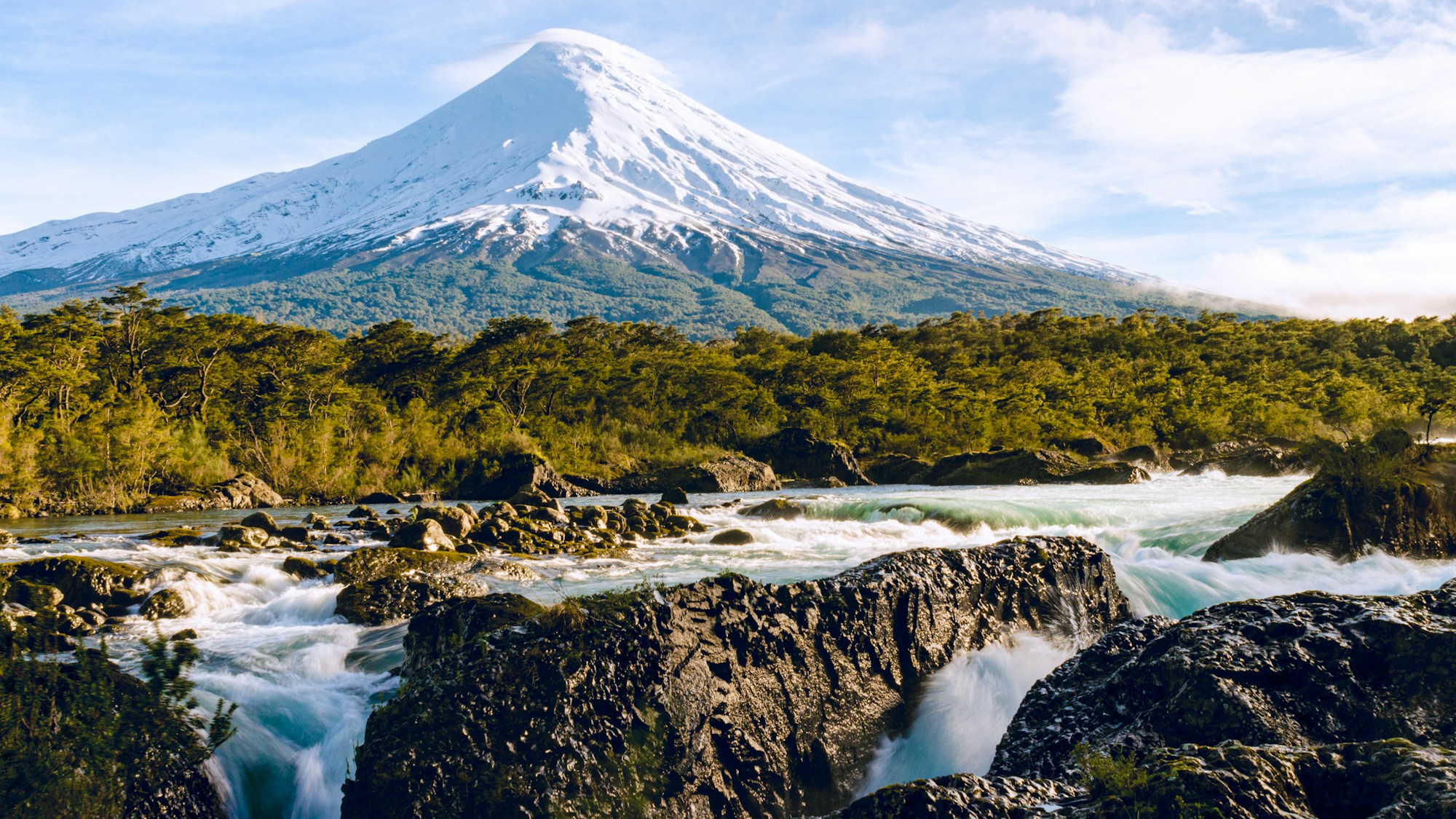Best Time to Visit Chile: Weather, Seasons & Months

Best Time to Visit Chile: Weather, Seasons & Months
Chile is a diverse country that spans over 4,300 kilometers along the western edge of South America. Due to its length, Chile experiences a wide range of climates and weather patterns, making it a year-round destination. From the desert in the north to the glaciers in the south, Chile offers a variety of unique landscapes and outdoor activities for travelers to enjoy. However, it's important to plan your trip based on the region you wish to explore, as the weather can vary significantly from one area to another.
Chile has four main climate zones: the Atacama Desert in the north, the Mediterranean climate in central Chile, the humid temperate climate in the southern region, and the subpolar climate in the far south. Each zone has its own distinct characteristics and weather conditions.
Atacama Desert (Northern Chile)
The Atacama Desert, located in northern Chile, is one of the driest places on Earth. The region experiences almost no rainfall, and the temperatures are mild year-round. The best time to visit the Atacama Desert is during the spring (September to November) and fall (March to May) when the weather is pleasant and there are fewer tourists. However, if you're interested in stargazing, the Atacama Desert is known for its clear skies and is a great destination year-round.
Central Chile
Central Chile, which includes Santiago, has a Mediterranean climate with hot, dry summers (December to February) and mild, wet winters (June to August). The best time to visit central Chile is during the spring (September to November) and fall (March to May) when the temperatures are pleasant, and the landscapes are colorful. Winter sports enthusiasts may also enjoy visiting central Chile during the winter months, as there are several ski resorts in the nearby Andes Mountains.
Southern Chile
Southern Chile has a humid temperate climate with cool summers and mild, wet winters. The best time to visit southern Chile is during the summer months (December to February) when the temperatures are milder and outdoor activities like hiking and exploring the fjords are more enjoyable. However, if you're interested in winter sports or want to see the snow-capped peaks of the Andes Mountains, visiting southern Chile during the winter months can also be rewarding.
Patagonia (Far South)
Patagonia, located in the far south of Chile, has a subpolar climate with cold, windy winters and relatively mild summers. The best time to visit Patagonia is during the summer months (December to February) when the temperatures are the mildest and the days are longer. This is also the peak tourist season, so advanced bookings are essential. However, if you're interested in whale watching, visiting Patagonia during the spring (September to November) can be a great option.
Weather by Month
| Month | Season | Humidity | Temperature (°C) | Sun Hours | Rainfall (mm) |
|---|---|---|---|---|---|
| January | Summer | High | 20-30 | 8-10 | 0-10 |
| February | Summer | High | 20-30 | 8-10 | 0-10 |
| March | Autumn | Medium | 15-25 | 6-8 | 0-30 |
| April | Autumn | Medium | 10-20 | 5-7 | 10-50 |
| May | Autumn | Medium | 5-15 | 4-6 | 20-70 |
| June | Winter | Medium | 0-10 | 3-5 | 30-80 |
| July | Winter | Medium | 0-10 | 3-5 | 30-80 |
| August | Winter | Medium | 0-10 | 4-6 | 30-80 |
| September | Spring | Medium | 5-15 | 4-6 | 20-70 |
| October | Spring | Medium | 10-20 | 5-7 | 10-50 |
| November | Spring | Medium | 15-25 | 6-8 | 0-30 |
| December | Summer | High | 20-30 | 8-10 | 0-10 |
As with any destination, it's always a good idea to check the weather forecast for the specific region you plan to visit before your trip. This will help you pack appropriately and plan your activities accordingly. Regardless of the time of year, Chile offers a diverse range of landscapes and experiences that are sure to leave a lasting impression.
